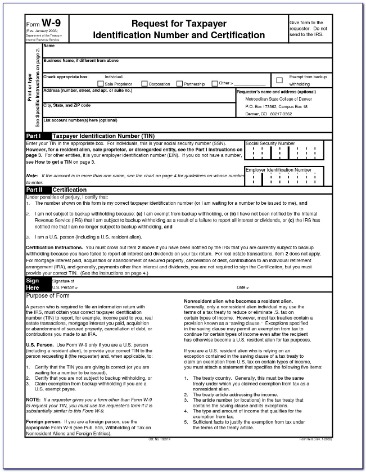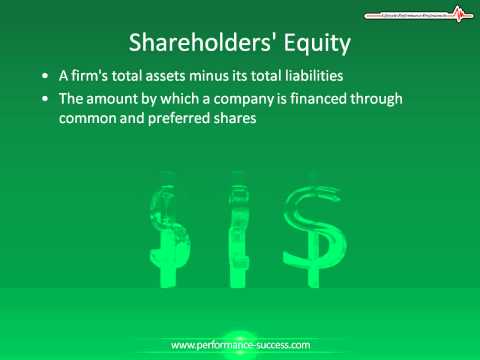With legacy accounting systems, the chart of account segments are configured at the time of deployment and fixed for the duration of their lifespans. Depending on the business’s needs, it typically creates chart of account segments for account, cost center, or department—or possibly even a product or project. A company may opt to store its general ledger using blockchain technology, which can prevent fraudulent accounting transactions and preserve the ledger’s data integrity. Accounts receivable (AR) refers to money that is owed to a company by its customers.

This ledger pertains to the income earned by the company either from the main business of the entity or from other sources. This includes income from sales, interest, discount received, dividend, investment (Capital Gains). This ledger pertains to a financial obligation which the entity owes to outside. This sub-ledger includes creditors, long-term borrowings, short-term borrowing. For this transaction, the credit column will remain unchanged for this account. However, a separate ledger for the company’s accounts receivable will reflect a credit reduction for the same amount, because ABCDEFGH Software no longer has that amount receivable from its client.
Accounts payable (AP)
In a manual or non-computerized system, the general ledger may be a large book. Organizations may instead employ one or more spreadsheets for their ledgers, including the general ledger, or may utilize specialized software to automate ledger entry General Ledger Accounting and handling. When a business uses enterprise resource planning (ERP) software, a financial-features module produces subledgers and the general ledger, with entries drawn from a database that is shared with other processes managed through the ERP.
Harold Averkamp (CPA, MBA) has worked as a university accounting instructor, accountant, and consultant for more than 25 years. With its focus on reporting what happened (past transactions), some of the information in a general ledger might already be out of date, or it might not sufficiently reflect significant recent developments. For these reasons, this limitation of a general ledger could hinder an organization’s agility or its ability to course correct or proactively take advantage of an opportunity before the month- or quarter-end. As businesses attempt to keep pace with the speed of change, the general ledger is of limited use when providing forward-looking insight and business strategies. In this blog, we’ll take a look at the definition of a general ledger, give a brief overview of its history and components, and explain how it has evolved over the years to remain a powerful financial tool essential for business.
How Does a General Ledger Use Subledgers?
Here is an example of an accounting system transaction within a general ledger for a fictional account, ABCDEFGH Software. Revenue accounts in the general ledger are typically divided into categories, such as sales and interest. For example, sales may be further divided into retail sales and wholesale sales, or foreign sales and domestic sales.
- For liability, the accounts include accrued expenses payable, notes payable and accounts payable.
- In accounting, a general ledger is used to record a company’s ongoing transactions.
- Goods-receipt/invoice-receipt accounts can have either a credit or debit balance.
- At times this can involve reviewing dozens of journal entries, but it is imperative to maintain reliably error-free and credible company financial statements.
In some areas of accounting and finance, blockchain technology is used in the reconciliation process to make it faster and cheaper. Broadly, the general ledger contains accounts that correspond to the income statement and balance sheet for which they are destined. Certified public accountants (CPAs) and bookkeepers typically are the ones accessing and using general ledgers. Following the accounting equation, any debit added to a GL account will have a corresponding and equal credit entry in another account, and vice versa. Your general ledger might break these down into accounts for rent, merchant fees, software subscriptions, telephone and internet, cleaning, and so on. Some general ledger accounts can become summary records and will be referred to as control accounts.
Other types of GL accounts
Consider the following example where a company receives a $1,000 payment from a client for its services. The accountant would then increase the asset column by $1,000 and subtract $1,000 from accounts receivable. The equation remains in balance, as the equivalent increase and decrease affect one side—the asset side—of the accounting equation. General ledger and related activity appear on general ledger reports within a specific period range.
Where outsourcing is heavily done by businesses, lots of detailed accounting processes are usually left to financial experts. Nonetheless, the importance of general ledgers cannot be underestimated due to their centrality as the financial document small business owners probably need to comprehend than most. However, in recent decades they have been automated using enterprise accounting software and in enterprise resource planning applications. These tools integrate core accounting functions with modules for managing related business processes. Companies use a general ledger reconciliation process to find and correct such errors in the accounting records.
When expenses spike in a given period, or a company records other transactions that affect its revenues, net income, or other key financial metrics, the financial statement data often doesn’t tell the whole story. In the case of certain types of accounting errors, it becomes necessary to go back to the general ledger and dig into the detail of each recorded transaction to locate the issue. At times this can involve reviewing dozens of journal entries, but it is imperative to maintain reliably error-free and credible company financial statements. The general ledger is comprised of all the individual accounts needed to record the assets, liabilities, equity, revenue, expense, gain, and loss transactions of a business.

Instead, they show actual amounts spent or received and not merely projected in a budget. Luke O’Neill writes for growing businesses in fintech, legal SaaS, and education. He owns Genuine Communications, which helps CMOs, founders, and marketing teams to build brands and attract customers.
In this example, the transaction is for a cash payment from a client account to ABCDEFGH Software. Since the cash account is receiving income, then the debit column will show an increase and display a sum for the amount. One way to avoid errors is to use a POS system like Lightspeed Retail, which connects with https://kelleysbookkeeping.com/the-difference-between-margin-and-markup/ accounting software to automatically sync data. To learn more about what Lightspeed Retail can do for your business, talk to an expert today. Incidentally, Pacioli popularized the vernacular Venetian terms “debere” (to owe) and “credere” (to entrust), from which debit and credit accounts get their names.
What are the 5 types of general ledger?
- Assets.
- Liabilities.
- Equity.
- Revenue.
- Expenses.
- Other income accounts.
A general ledger is used to record every financial transaction made by an organization and serves as the basis for various types of financial reports. It provides details about finances such as cash flows, assets, liabilities, inventory, purchases, sales, gains, losses, and equity. The general ledger contains a debit and credit entry for every transaction recorded within it, so that the total of all debit balances in the general ledger should always match the total of all credit balances. If they do not match, the general ledger is said to be out of balance, and must be corrected before reliable financial statements can be compiled from it. The income statement might include totals from general ledger accounts for cash, inventory and accounts receivable, which is money owed to the business. They are sometimes broken down into departments such as sales and service, and related expenses.




















